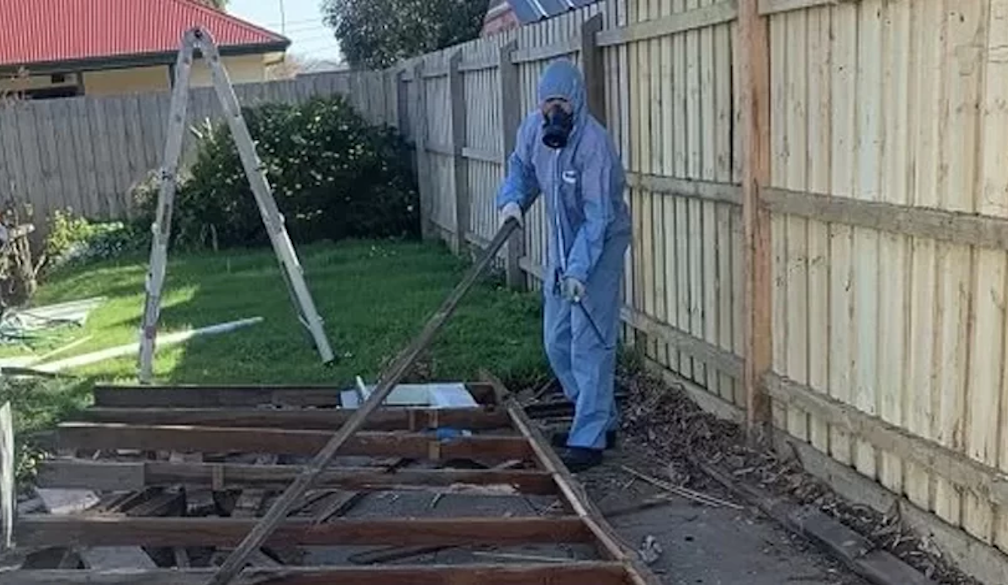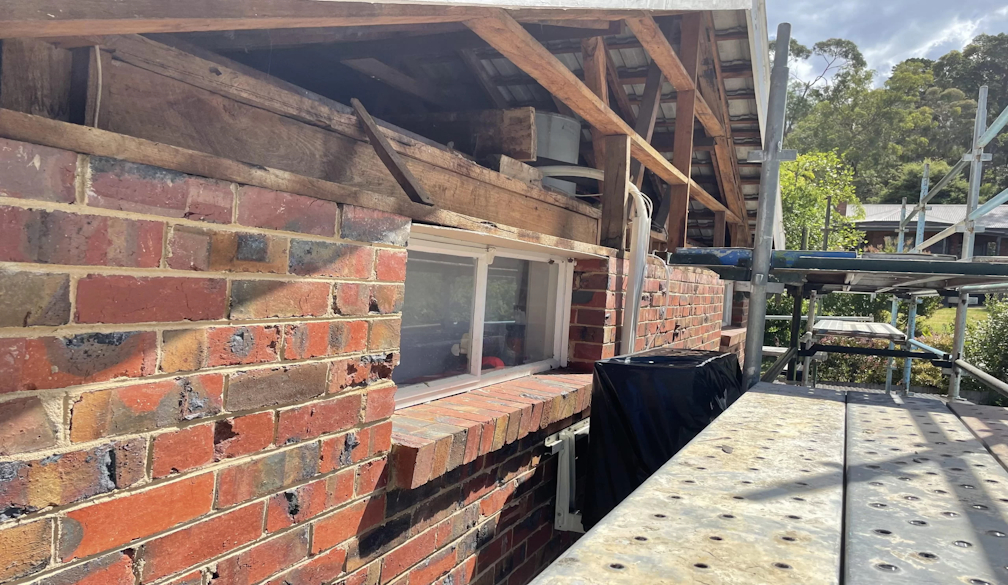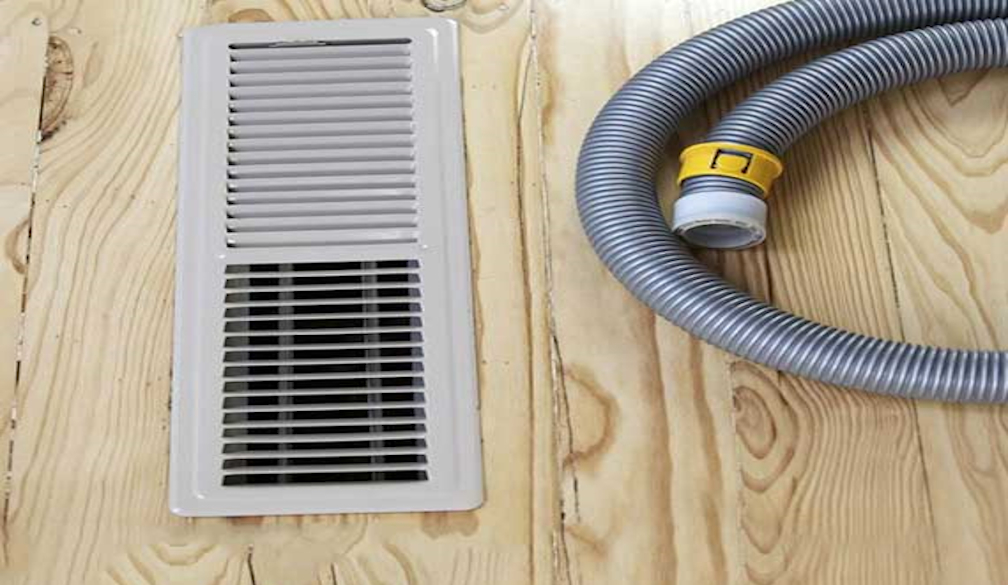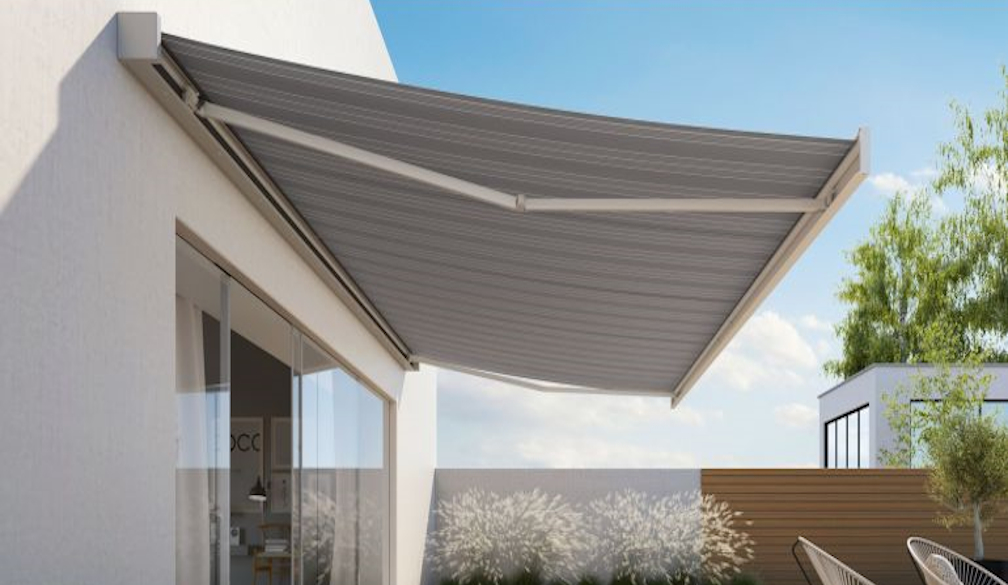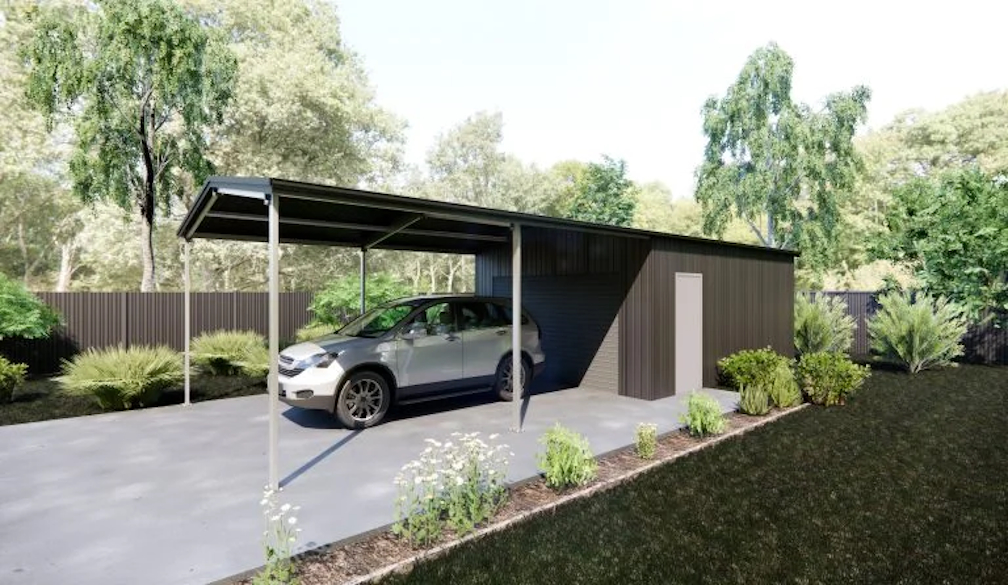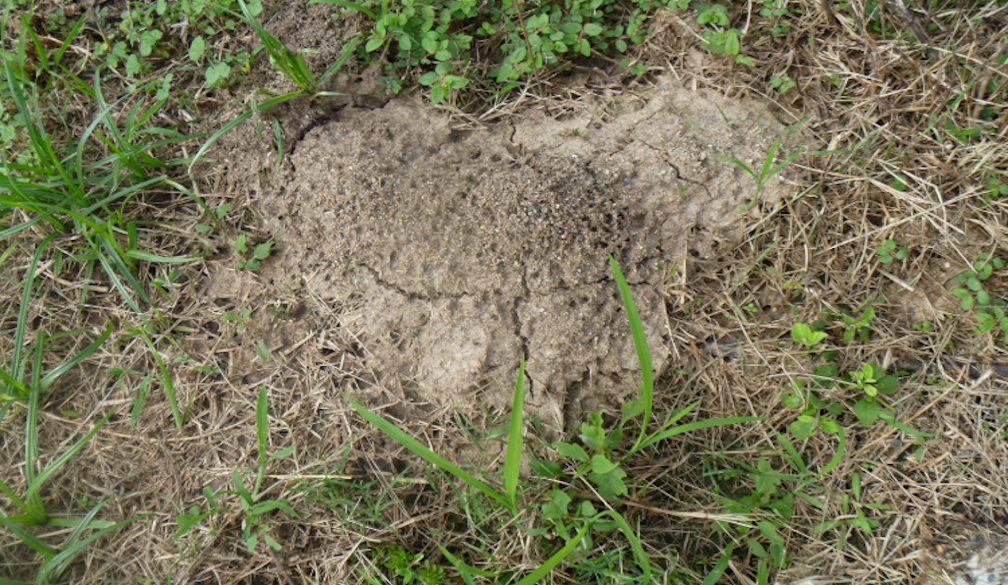Common Problems with Water Tanks and How to Fix Them
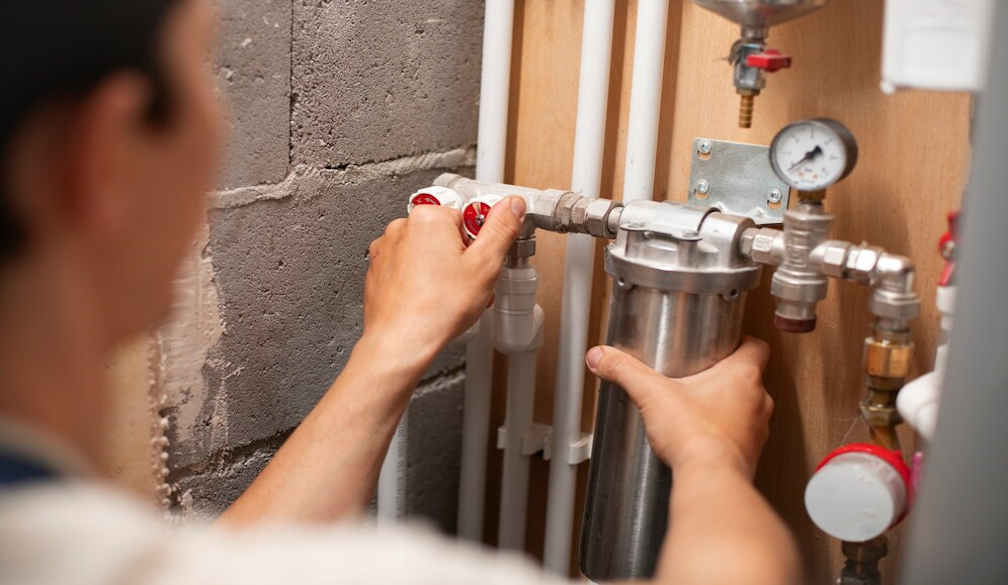
Water tanks are a valuable addition to many Australian homes, providing an efficient way to collect and store rainwater. However, like any system, they can encounter problems that affect their performance and longevity. Understanding common issues with water tanks and knowing how to address them can help you maintain a reliable and effective water storage system. Here’s a guide to some of the most frequent problems with water tanks and practical solutions to fix them.
1. Clogged Inlet Screens
Problem: Inlet screens are designed to filter out debris such as leaves and insects before rainwater enters the tank. Over time, these screens can become clogged, reducing water flow and allowing debris to enter the tank.
Solution: Regularly inspect and clean the inlet screens to prevent clogging. Depending on your tank’s design, you may need to remove the screen for cleaning or use a brush to clear away debris. Installing a leaf guard or additional filtration system can also help reduce the amount of debris entering the tank.
2. Algae Growth
Problem: Algae growth is a common issue in water tanks, particularly in tanks that receive direct sunlight. Algae can cause unpleasant odours, affect water quality, and reduce the effectiveness of your tank.
Solution: To prevent algae growth, ensure that your tank is kept in a shaded area if possible. Use opaque tank materials or apply a coating to block light and inhibit algae growth. Regularly clean the tank and inspect for any signs of algae. If algae growth is significant, you may need to drain and clean the tank thoroughly.
3. Overflow Issues
Problem: Overflow can occur if the tank is not properly sized for your needs or if the overflow system is blocked or damaged. Overflow can lead to water wastage and potential damage to your property.
Solution: Ensure that your tank has an adequately sized overflow pipe and that it is free from obstructions. If your tank is consistently overflowing, consider upgrading to a larger tank or installing additional tanks to accommodate higher water volumes. Regularly check and maintain the overflow system to ensure proper operation.
4. Tank Leakage
Problem: Leakage can occur due to cracks, damaged seals, or faulty connections. Leaks can result in water loss and potential structural damage to your tank and surrounding areas.
Solution: Inspect your tank regularly for signs of leakage, such as water pooling around the base or damp patches on the ground. Repair any cracks or damaged areas with appropriate sealants or repair kits designed for your tank material. For major leaks or structural issues, consult a professional for repairs or replacement.
5. Contaminated Water
Problem: Contaminated water can result from poor maintenance, damaged tanks, or improper handling. Contaminants can affect water quality and pose health risks.
Solution: Ensure that your tank is properly sealed and that all connections and fittings are secure to prevent contamination. Use water filtration systems to further purify collected rainwater, especially if you plan to use it for drinking or cooking. Regularly clean and disinfect the tank and its components to maintain water quality.
6. Pump Failure
Problem: If your water tank system includes a pump, it may experience issues such as reduced pressure, noise, or complete failure. Pump problems can affect water delivery and usage.
Solution: Regularly inspect and maintain your pump to ensure it is functioning correctly. Check for any signs of wear or damage and address them promptly. Ensure that the pump is properly installed and that all connections are secure. If the pump fails, consult a professional for repairs or replacement.
7. Sediment Buildup
Problem: Sediment can accumulate at the bottom of the tank, leading to reduced water quality and potential blockages in the outlet pipe.
Solution: Regularly inspect and clean the bottom of the tank to remove accumulated sediment. Installing a sediment filter at the inlet can help reduce the amount of debris entering the tank. If sediment buildup is significant, you may need to drain and clean the tank periodically.
8. Inadequate Tank Insulation
Problem: In regions with extreme temperatures, inadequate insulation can affect the temperature of the stored water, potentially leading to freezing or overheating.
Solution: Ensure that your water tank is properly insulated to protect it from temperature extremes. In colder climates, consider adding insulation around the tank or using a tank cover to prevent freezing. In hotter climates, shading the tank or using reflective materials can help keep the water cool.
Conclusion
Water tanks are a practical and environmentally friendly solution for managing water resources, but they require regular maintenance to function effectively. By addressing common problems such as clogged screens, algae growth, and leaks, you can ensure that your water tank remains in good condition and continues to provide reliable water supply. For those seeking water tanks in Melbourne, understanding these issues and implementing proper maintenance can help you maximise the benefits of your water tank system and contribute to sustainable water management.

